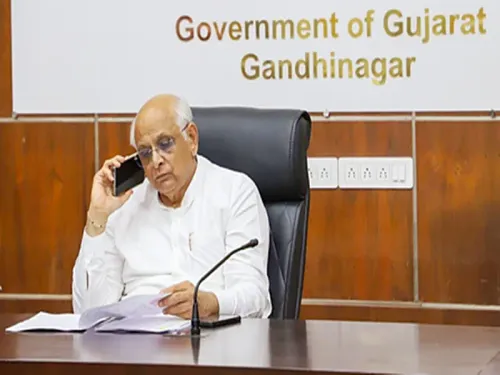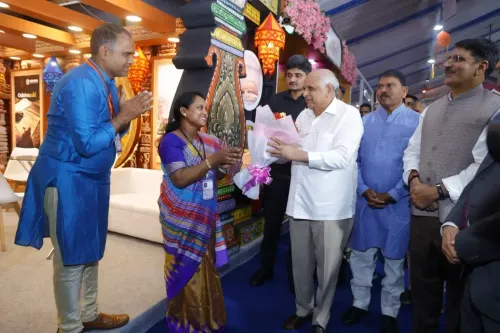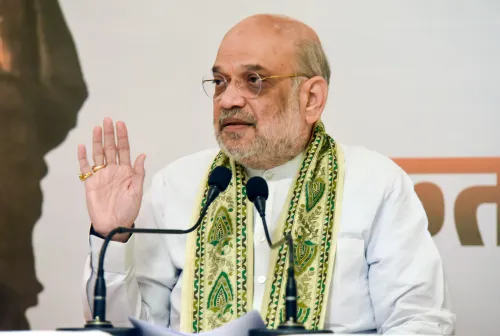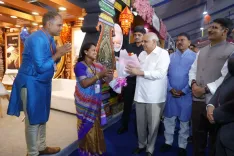What Does the Volatile Situation in Bangladesh Mean for Border Haats?
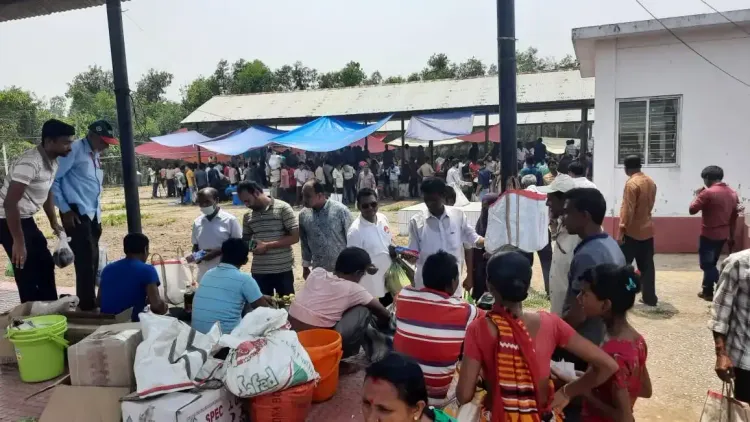
Synopsis
Key Takeaways
- Border Haats have been closed since March 2020.
- The situation in Bangladesh remains unstable, affecting trade.
- Efforts to reopen these markets have stalled.
- Local vendors depend on the income from these markets.
- Both governments had plans for additional Border Haats.
Agartala/Shillong, May 25 (NationPress) The five ‘Border Haats’—two in Tripura and three in Meghalaya—have been shuttered for an extended period, and their future remains uncertain due to the volatile situation in Bangladesh, officials reported on Sunday.
These 'Border Haats' (border markets) situated along the India-Bangladesh boundary have been closed since March 2020 following the onset of the Covid-19 pandemic and the ensuing lockdowns. Although three ‘Border Haats’ in East Khasi Hills and South West Garo Hills of Meghalaya resumed operations in 2022, and the south Tripura market reopened in May last year, these markets were once again closed due to escalating violence in Bangladesh that began around June-July last year, particularly after the fall of the former Prime Minister Sheikh Hasina-led Awami League government on August 5, 2024.
A senior official from the Tripura Industries and Commerce Department stated in Agartala that prior to the unrest in Bangladesh, local administration officials from both countries conducted several meetings in an attempt to reopen the ‘Border Haats’, but no progress has been made since.
On average, each weekly border market features around 25 to 27 vendors, including women from both nations, offering their goods and various items.
The inaugural ‘Border Haat’ was launched in 2011 between the West Garo Hills district of Meghalaya at Kalaichar and Kurigram in Bangladesh. Following this, additional ‘Border Haats’ were established in Meghalaya and Tripura.
According to Indian officials, before the unrest erupted in Bangladesh, both countries’ governments had approved the establishment of 10 more ‘Border Haats’ along the India-Bangladesh border in Tripura and Meghalaya, comprising six in Meghalaya and four in Tripura.
Previously, both the Indian and Bangladeshi governments expressed great interest in reopening additional ‘Border Haats’ in the northeastern states—Tripura, Meghalaya, Assam, and Mizoram—which share a 1,880-km border with Bangladesh to enhance the local economy and increase the income of border residents.

